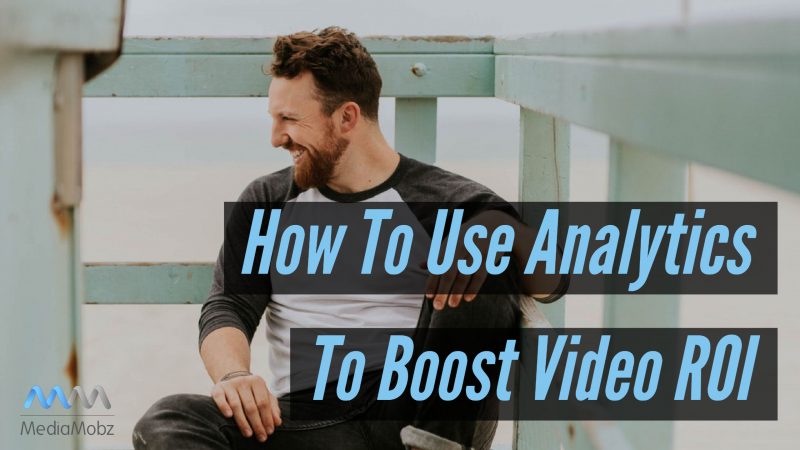So, you have started uploading videos for lead generation, traffic and increased revenue, but are unsure if your hard-earned money is being invested into the right marketing avenue? If you answered “yes” to this question, you seriously need to be focusing on statistical video reports.
Monitoring video analytics is an integral part of any video advertising campaign. By using analytics correctly, you can determine which pieces of video content are working for you and which ones are not. This essentially eliminates wasted time and enables you to tweak your campaigns for the best return on investment (ROI). As a result, attracting the target market will be easier and turning viewers into customers will be a breeze.
Key Video Metrics to Measure for ROI Success
Making sales will be a great deal easier when your inbound video marketing efforts are measured accurately. Here are the main video metrics you need to keep track of:
- Engagement – Divide the length of time a viewer watches your content for by the entire length of the video. This will help you to ascertain the engagement rate and target specific individuals who are more likely to buy whatever it is you are selling.
- Play Rate – The play rate is the number of plays divided by the impressions on your video ad. The ratio will enlighten you about who pressed ‘play’, which will essentially teach about the average overall engagement.
- CTA Response Rate – Video analytics will shine a light on how many viewers proceed to click the all-important call-to-action (CTA) button. The higher the CTA, the more conversions you will get.
- Demographics – Accurate demographic information will make it easy for you to create targeted campaigns for markets in certain areas.
- Unique Views – Unique page views are among the most important analytics information. These metrics will help you to differentiate between general site “visits” and “unique visitors”. If you are attracting a lot of unique views, this means that you are doing something right!
How to Correctly Measure Video Analytics
Now that you know what you should measure, you can begin measuring with a lucrative method. This method involves taking the following steps:
- Select a Video Platform – Facebook is one of the most-used platforms for video advertising, with YouTube, Instagram, and Vimeo falling slightly behind. Some factors to take into consideration include ease of use, whether or not you will be broadcasting live video, and if the platform can deliver content to a broad range of devices, such as smartphones.
- Conduct Monthly and Quarterly Analysis – Video advertising is all about trial and error, so make a habit of comparing analytics reports on a monthly and quarterly basis. This will ensure you attract, retain, and grow your customer base.
- Continuously Create Content – Never let your audience get bored of what they are viewing! Introduce fresh content on a regular basis and remember to express the same message in every video.
Conclusion
Keeping the above things in mind will make the process of measuring video effectiveness a lot easier. After all, what use is a couple of hundred or thousand views if you are not quite sure which viewers are actually absorbing the content? Pay attention to the number of times a section of your video (if not all) was re-watched. By doing so, you can identify the “pain points” that encouraged the viewer to take action. This, combined with the right metric tools, will translate to satisfied customers and a prosperous sales team.
